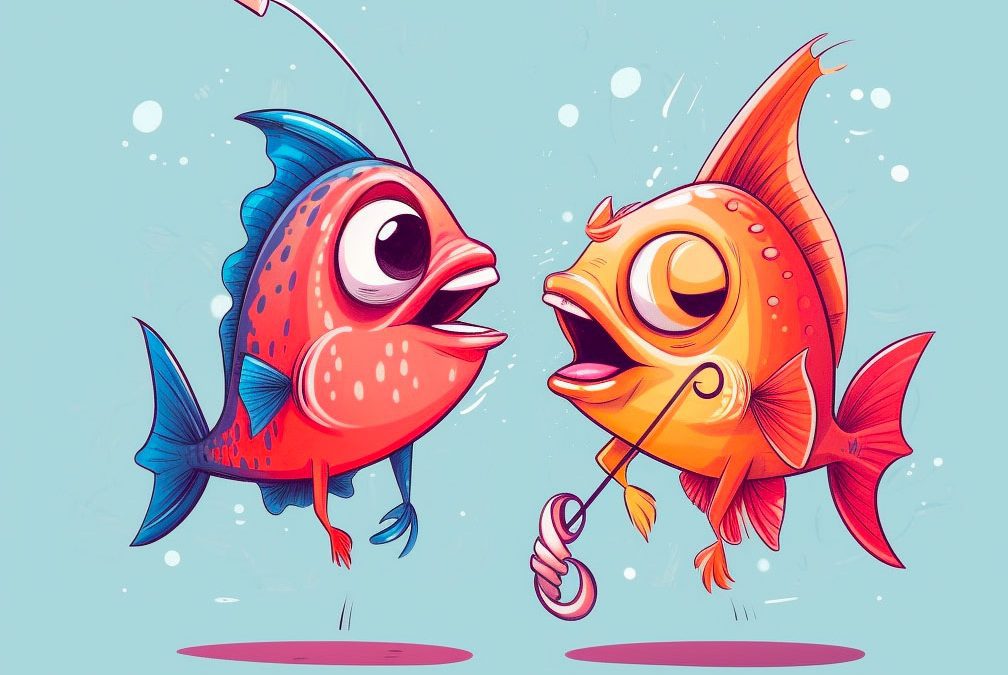Introduction
Using a Chatterbait should be high on your list of options if you’re a fisher seeking for a novel and interesting technique to catch bass. One of the most adaptable and successful lures for bass fishing is the chatterbait. They deliver amazing results and are quite simple to use. I’ll be sharing my advice and methods for effective Chatterbait fishing in this thorough manual. So let’s get going!
Why Chatterbaits Are Great For Catching Bass
I’ve had the pleasure of experimenting with a number of lures to get these freshwater monsters to bite because I’m an avid bass angler. Chatter baits are among the best lures I’ve used for catching bass out of all the ones I’ve tested.
A chatterbait, yet, exactly what is it? It is essentially a jig with a connected blade that, when retrieved through the water, causes a vibration or “chattering” effect. Bass that are in need of food are drawn in by this vibration because it imitates the sound and movement of shad or other prey species.
The adaptability of the chatterbait is one of its main benefits. A variety of cover and structure, including grass, bush, and laydowns, can be used to fish for it. It’s a wonderful option for bass fishing in a variety of situations because it works well in both shallow and deep water.
Chatterbaits’ effectiveness is also attributed to their capacity to cause bass to strike in response. A bass may attack instinctively if it notices or feels a lure moving erratically or making an unusual sound. This response may be brought on by the vibration the chatter bait’s blade produces, resulting in an increase in bites.
Chatterbaits are also excellent for quickly covering a large area of water. A chatter bait can be retrieved more quickly, enabling you to cover more water and locate active fish, as opposed to patiently working a worm or jig across an area. Because of this, chatter baits are a fantastic option for fishing tournaments or when you’re short on time.
The trailer that is used with a chatterbait is also a concern for bass fishermen. A soft plastic swimbait or crawfish is frequently used as a trailer because it can add additional action and replicate the movement of target fish. Finding the ideal combination for the fish in your location might be accomplished by experimenting with various trailers.
Chatterbaits are also simply more enjoyable to use when fishing, in addition to all these benefits. The blade’s vibration and movement produce a singular sensation that is both thrilling and alluring. It makes sense why chatter baits have become such a mainstay in fisherman’ tackle boxes.
Of course, employing chatter baits has some drawbacks, just like using any lure. Their propensity to become entangled in cover or structure is one of the biggest. It can be annoying and result in lures being lost when the blade gets trapped in grass or brush. To avoid being entangled, you can fish chatter baits in these places successfully with a little patience and delicacy.
Chatter baits are an all-around excellent lure for catching bass. They are a fantastic option for any fisherman due to their adaptability, capacity for inducing reactive strikes, and capacity for quickly covering water. Why not try them out and see if you can catch some large bass?
Chatterbait Fishing Gear
Let’s go through some of the gear you need to get started with chatterbait fishing before we get into the technique. You need a rod, reel, line, and the Chatterbait lure itself as part of your equipment.
I advise utilizing a medium-heavy or heavy power rod with a fast action tip for the rod. Because Chatterbaits are rather heavy, you must use a pole that can support both the weight and the power of the fish you are attempting to catch.
A baitcasting reel would be the best option when selecting a reel for Chatterbait fishing. You can cast the lure farther and more precisely with a baitcasting reel than you can with a spinning reel. This is useful when casting into a small area where accuracy is essential.
I advise utilizing fluorocarbon line with a 15–20-pound test for the line. Fluorocarbon is a fantastic material to use for fishing in crystal-clear water because it is undetectable in the water. It is also strong enough to handle large fish.
There are numerous sizes and colors of chatterbait lures. The size of the fish you’re aiming for determines the size of the Chatterbait you should use. I advise using a 3/8 or 1/2-ounce Chatterbait for bass. Your choice of color will depend on the time of day and the body of water you’re fishing in. Try out various color combinations until you find the one that works best for you.
More fish may be drawn to your Chatterbait if it has trailers. Plastics, crawfish impersonators, or creature baits can all be used as trailers. Make sure the trailer you select complements the hue of your Chatterbait.
Best Conditions for Chatterbait Fishing
Now that you are aware of the equipment required for Chatterbait fishing, let’s examine the ideal circumstances you should take into account.
When fishing, temperature is quite important. When the water is between 55°F and 80°F, bass tend to be more active and keen to eat. Therefore, if you want to go fishing, you need think about the water’s temperature.
Chatterbait fishing also heavily depends on water clarity. Use colors that look natural, like green pumpkin, in clear water. If the water is murky, you might want to use brighter hues, like chartreuse.
The time of day is crucial. Fish tend to be more active in the early morning and late evening, making these periods ideal for chatterbait fishing.
Finally, fish behavior is influenced by the weather. Chatterbait fishing may be very effective on cloudy days or when there is a little breeze. When it’s foggy, fish tend to come closer to the surface, which is to your benefit.
Techniques for Chatterbait Fishing
Let’s dive into some strategies now that we’ve covered the essential equipment and ideal conditions for Chatterbait fishing.
A key component of fishing with a chatterbait is retrieval speed. Cast the bait out at first, then watch it sink to the bottom. Sweep the rod up and let it fall back down to retrieve the bait. Repeat this motion at several speeds until you discover the one that suits you the best. Additionally, a wait can be added in between each rod sweep.
Another way to get the fish to react is to bounce the Chatterbait on the bottom. The bait should be thrown out, allowed to touch the bottom, picked up, and then allowed to fall once more.
More fish can be attracted by adding pauses to the retrieve. Sweep the rod, then pause for a moment before starting the retrieve again. Fish that may be following the lure may be drawn in by this.
Your chances of catching bass might also be increased by using various Chatterbait colors. Based on the purity of the water and the time of day, you can try out several colors until you discover the one that works best for you.
Common Mistakes to Avoid in Chatterbait Fishing
When using a chatterbait, there are certain typical errors to avoid. These include choosing the incorrect equipment, failing to adapt to the fishing environment, retrieving the Chatterbait too quickly or slowly, and being impatient.
Fishing can become useless and frustrating if you’re using the wrong equipment. Make sure you always have the appropriate equipment for the fish you wish to capture.
Another way to make fishing inefficient is to not adapt to the conditions. Before selecting your equipment and getting started with your fishing, take the time to consider the weather, water temperature, time of day, and water clarity.
Trying to retrieve the Chatterbait too quickly or slowly can backfire. Depending on the fish’s activity level, the water’s temperature, and the weather, alter the speed of the retrieve.
And last, being impatient can work against you when you’re fishing. Give your fishing enough time to succeed; you may catch more fish as a result.
Tips for Chatterbait Fishing
Here are some suggestions to improve your chances of having a successful Chatterbait fishing trip:
Always keep your line under the right tension so you can feel when the fish bites.
Utilize a consistent retrieve to keep the Chatterbait in the water for a longer period of time and to draw in more fish.
Target regions with a high percentage of weeds, such as rocky outcroppings or places close to cover like lily pads and stumps. You will have a better chance of capturing bass in these locations because they tend to congregate there.
Try out several trailer combinations to see which ones suit you the best.
Conclusion
Chatterbait fishing is a great way to catch bass and produce results. With the tips provided in this article, you now have an in-depth guide on how to go about Chatterbait fishing. Remember, always use the right gear, adjust to the fishing condition, experiment with different techniques and trailer combinations, and always be patient. Happy fishing!
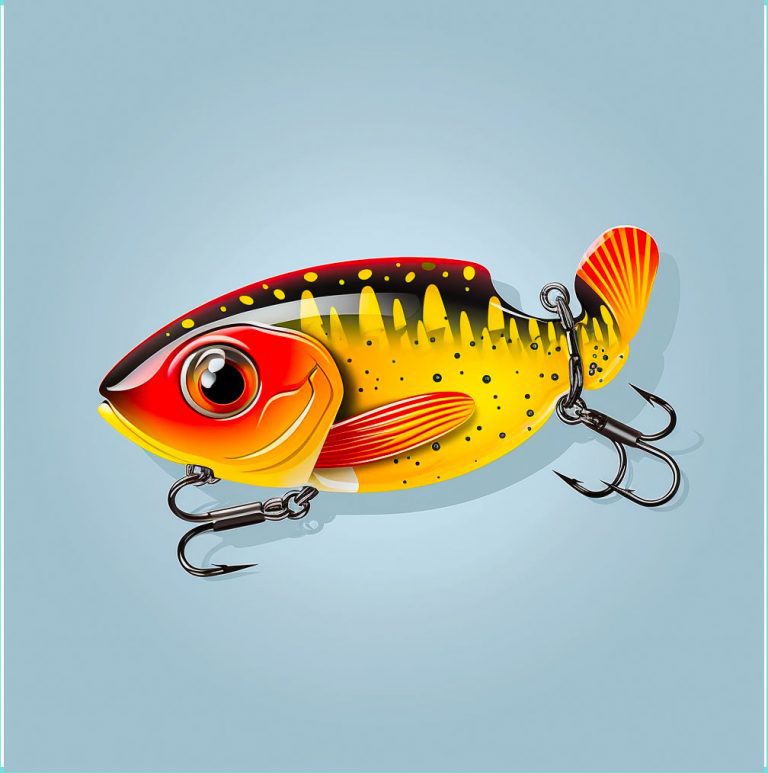
17 Lipless Crankbait Techniques To Load The Boat
Introduction: Lipless crankbaits are a popular type of fishing lure that is versatile and effective in catching a variety of fish species. This article will explore the top 17 lipless crankbait techniques, complete with explanations for each technique, tips for success, and when to use each technique to get the best results. Benefits of Using […]
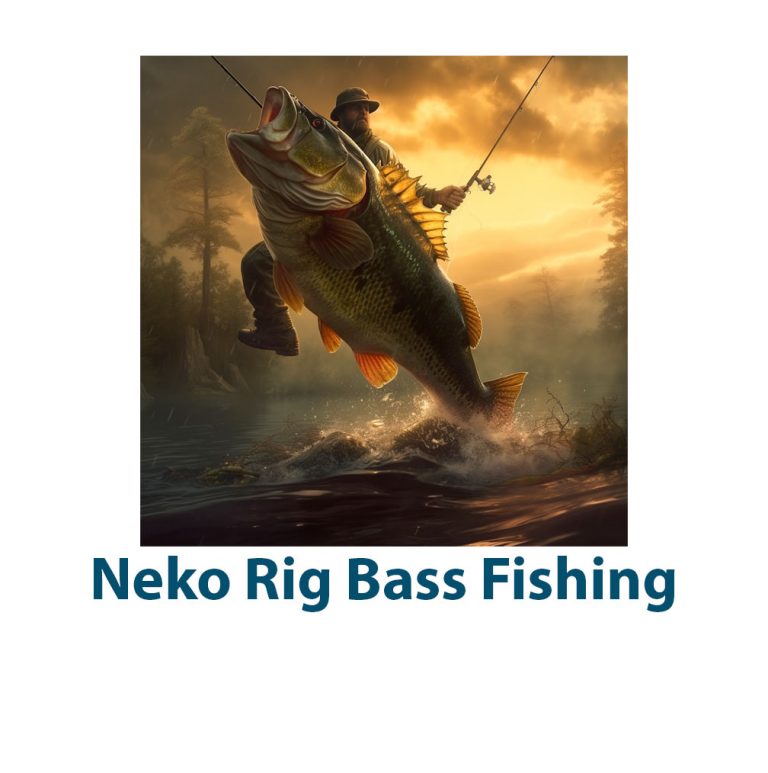
Neko Rig Fishing For Bass
Introduction Hello there, fellow fishermen! Neko rig fishing is a method of fishing that is becoming more and more well-liked among bass fishermen today. The neko rig is a very successful fishing method that has allowed me to catch a lot of bass in a variety of fishing situations. This article will discuss the Neko […]
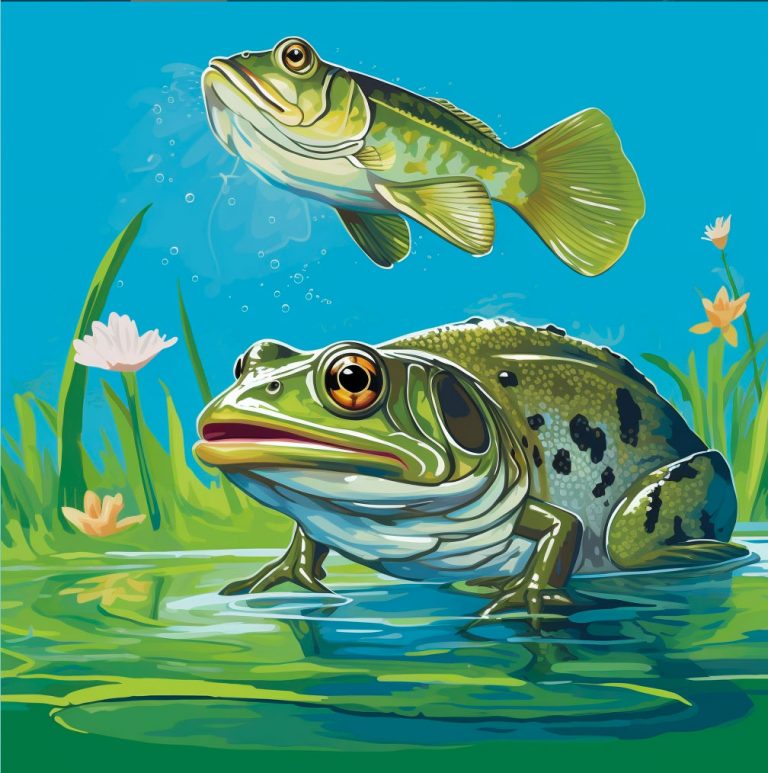
15 Topwater Frog Techniques: Catch The Biggest Bass
Introduction Hey there, fellow anglers! If you’ve clicked on this article, then I’m sure you’re just as excited as I am to learn the top 15 techniques for topwater frog fishing for bass. But before we jump into those techniques, let me give you a little background on why topwater frog fishing is such an […]
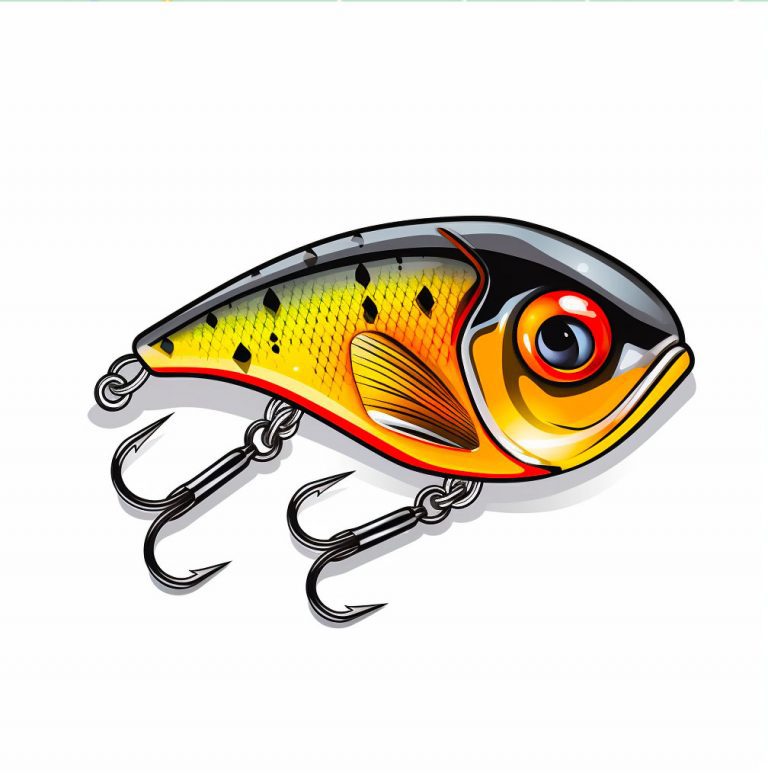
Guide To Catching Bass With Rapala DT Crankbaits
Introduction Bass fishing is one of my absolute favorite hobbies. There’s something about the thrill of the chase, the excitement of reeling in a big catch, that just can’t be matched. Over time, I’ve tried out a variety of different lures and techniques to reel in those big bass, but I have to say that […]
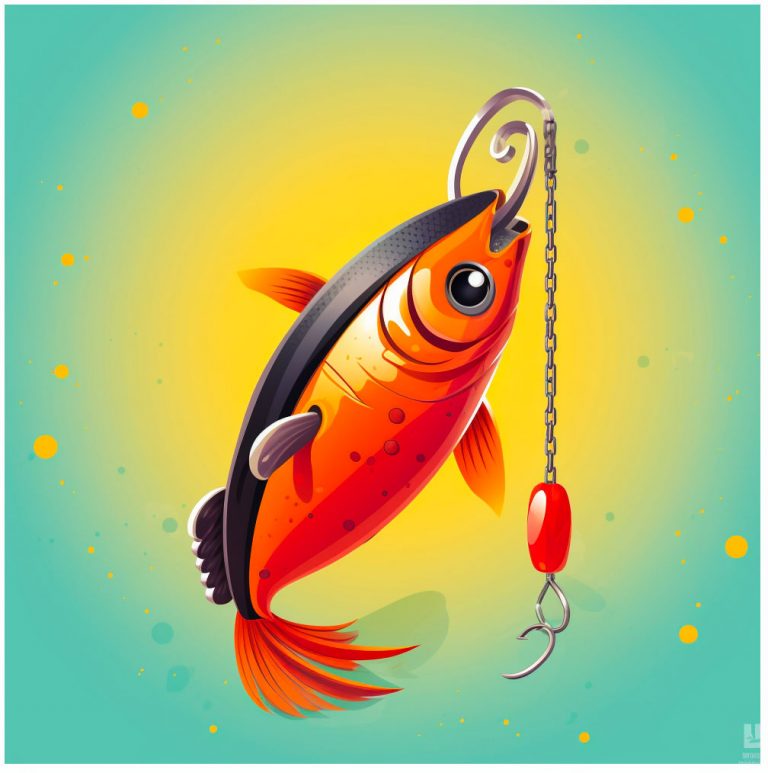
Fishing Carolina Rigs For Bass: The Highly Effective Ball And Chain
This article is going to cover fishing Carolina rigs for bass. Fishing is a beloved activity that people all around the world enjoy. However, there’s always a way to improve upon the experience. One of the ways is to use Carolina rigs when you’re fishing for bass. Carolina rigs are a fantastic way to catch […]
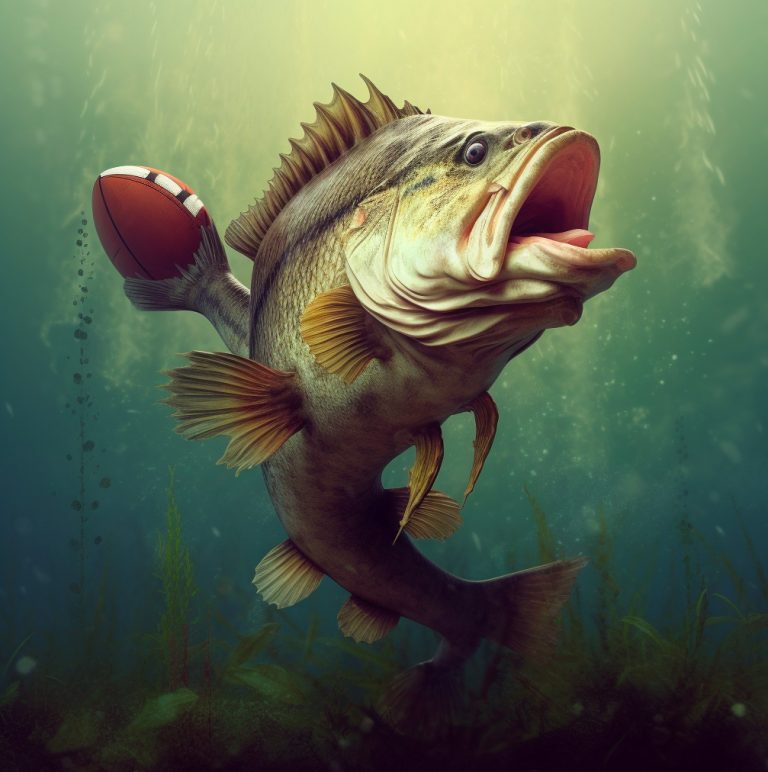
A Guide To Football Jigs For Bass
Introduction As a lifelong angler, I’ve tried my hand at countless types of fishing for different species. But when it comes to fishing for bass, there’s one technique that has stood out above the rest: using football jigs. At first, I was skeptical. The jigs didn’t look like they had much action in the water […]

